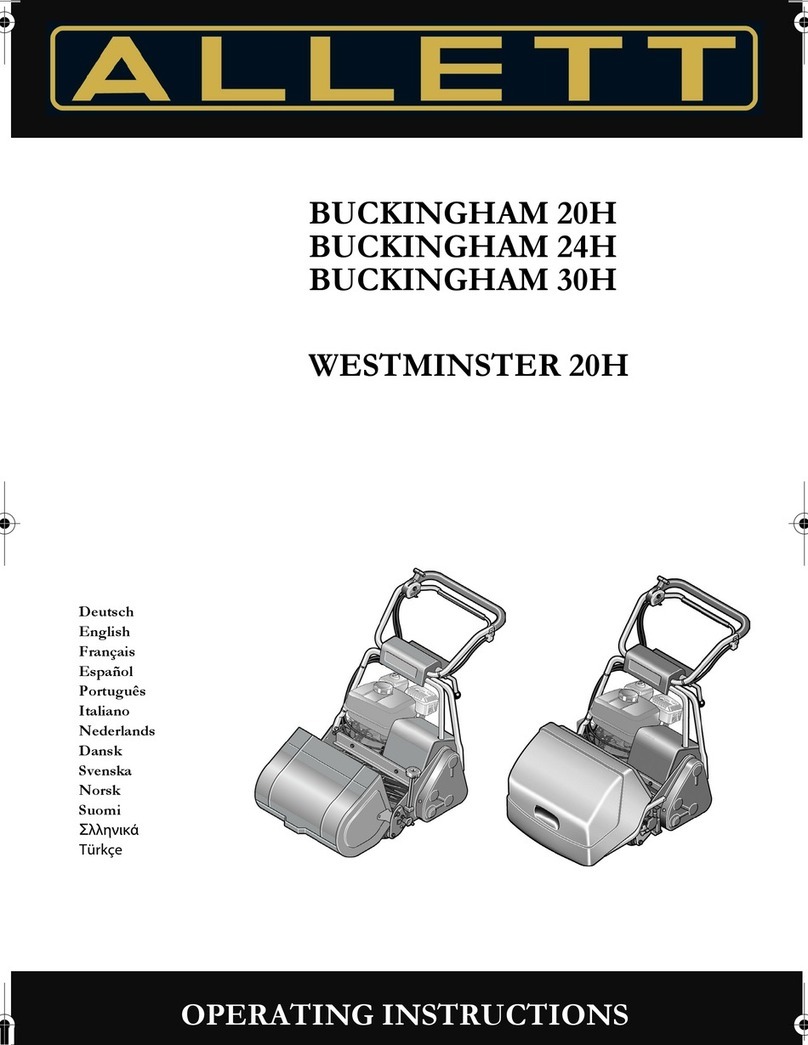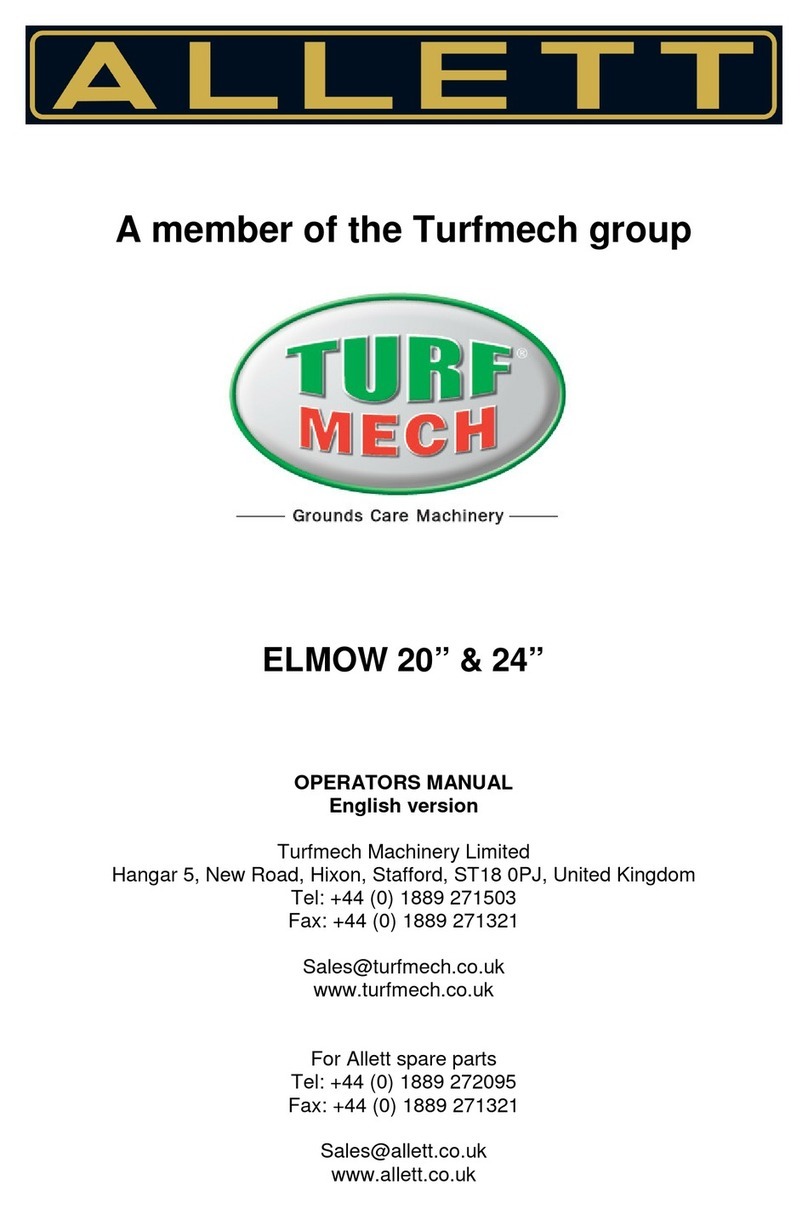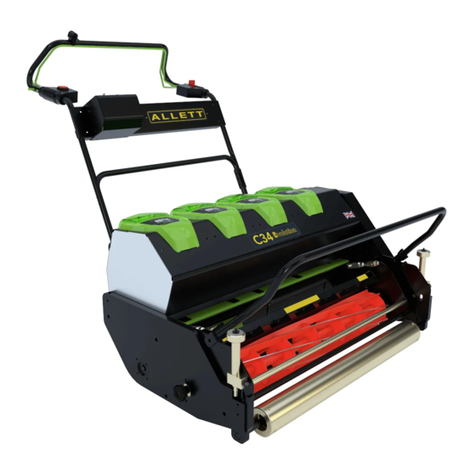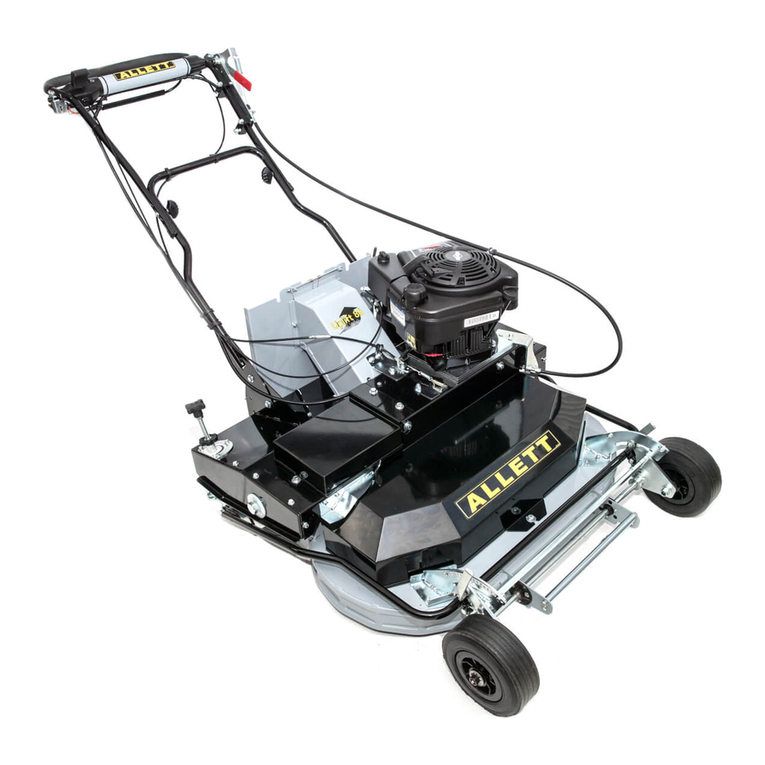Allett Liberty Classic Push 30cm User manual
Other Allett Lawn Mower manuals

Allett
Allett BUCKINGHAM 20H User manual

Allett
Allett Liberty Classic Push 30cm User manual

Allett
Allett C 34 User manual

Allett
Allett Stirling 43 Aerator Cartridge User manual

Allett
Allett ELMOW 20 User manual

Allett
Allett C 34 Guide

Allett
Allett C 34 User manual

Allett
Allett Kensington 17 User manual

Allett
Allett UPLIFT86 Programming manual

Allett
Allett UltraChange Series Product manual























